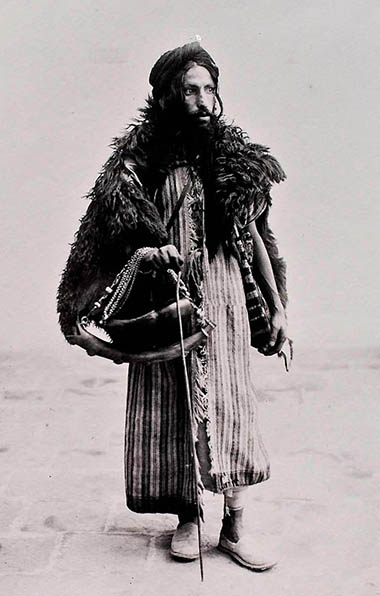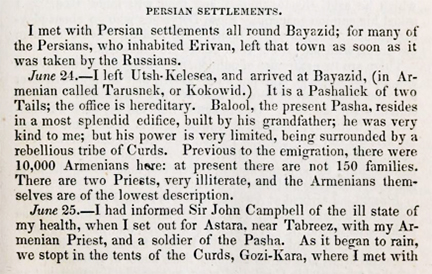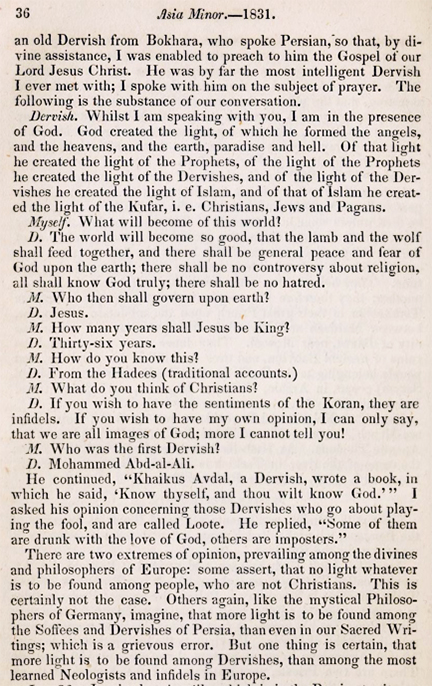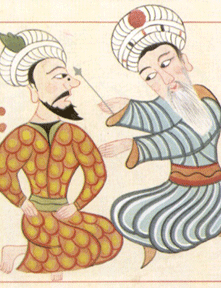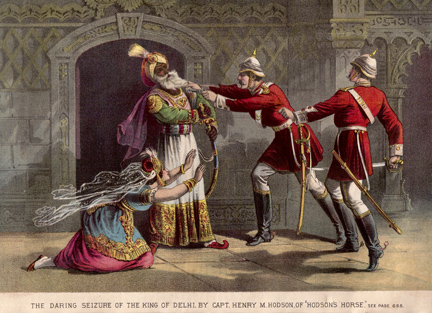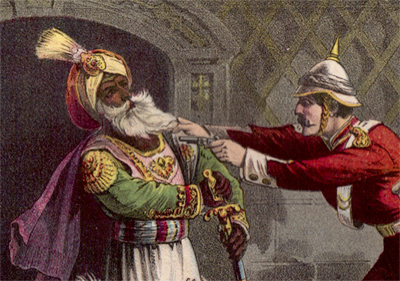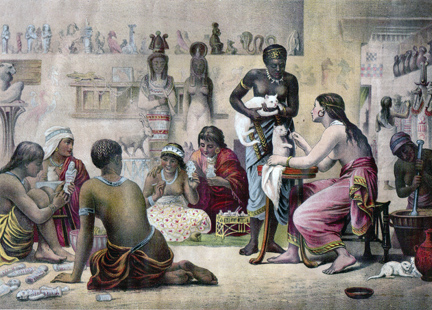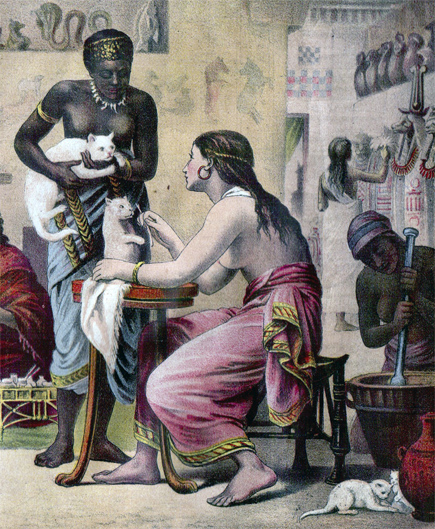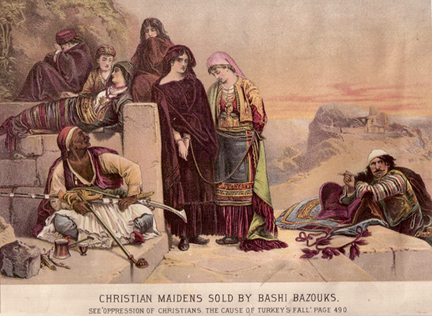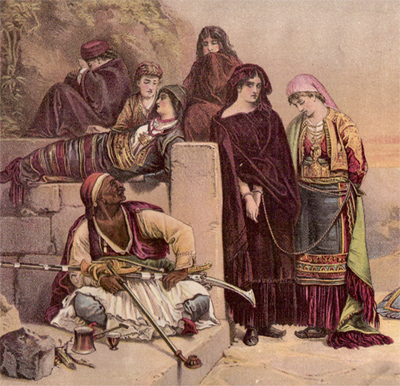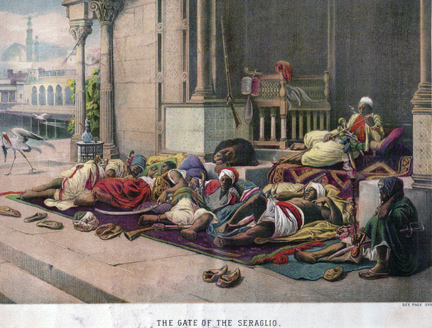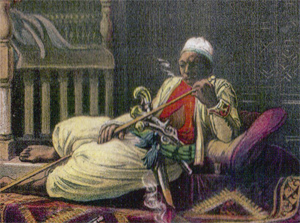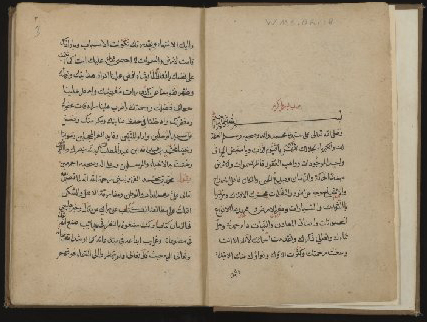
عجايب المخلوقات وغرايب المخلوقات الموجودات
The Arabic manuscripts collection of the Wellcome Library (London) comprises around 1000 manuscript books and fragments relating to the history of medicine. For the first time this website enables a substantial proportion of this collection to be consulted online via high-quality digital images of entire manuscripts and associated rich metadata.
This has been made possible by a pioneering partnership between the Bibliotheca Alexandrina, the Wellcome Library, and King’s College London, with funding from the JISC Islamic studies programme.
These manuscripts are part of the Wellcome Library’s Asian Collection, which comprises some 12,000 manuscripts and 4,000 printed books in 43 different languages. The Islamic holdings include Arabic and Persian manuscripts and printed books, and a small collection of Ottoman manuscripts and Turkish books. The core of these collections relates to the great heritage of classical medicine, preserved, enlarged and commentated on throughout the Islamic world, stretching from Southern Spain to South and South-east Asia.
